Coal grinding is one of the stages of the technological process for obtaining water-coal fuel. Water-coal fuel owes its emergence to water-coal slurry which was used in the 50–60s of the past century in order to find application for watered coal particles. At that time, the technology of water-coal slurry was considered to be rather a way to dispose coal industry waste.
But the global oil crisis of the 70s forced many countries to look for an alternative to conventional fuels (crude oil, heating oil, natural gas). In the USA, Japan, Sweden, and China, the idea of using a mixture of fine coal and water as a full-fledged fuel was implemented. This mixture was later called “water-coal fuel” or WCF in abbreviated form. A little later, in the 80s, fine coal powder — pulverized coal — began to be used more extensively for blast furnaces and steam boilers.
Composition and properties of water-coal fuel
The percentage composition of water-coal fuel is as follows:
- fine coal — 60–70% (grinding fineness 200 microns and less);
- water — 30–40%;
- chemical additives —up to 1%.
Chemical additives are used to better combine liquid (water) and solid (ground coal) phases, as well as to increase the resistance to stratification of obtained mixture.
Water-coal fuel has the ignition temperature of 450–650 °C, the combustion temperature of 950–1,050 °C, and its burnout degree is 99.5 %. Furthermore, water-coal fuel is environmentally friendly compared to conventional fuels which is confirmed by a lower content of nitrogen oxides in combustion products (1.5–2 times), carbon monoxide (2 times), and benzopyrene (5 times). The spread of the technology is facilitated by production of fuel from various grades of coal and unpretentiousness to water quality.
Coal grinding as the main stage of WCF production
A classical technological process of WCF production consists of several stages:
- coarse coal grinding;
- coal pulverization;
- final mixing of water and ground coal particles.
Figure 1 shows one of the most commonly used diagrams for obtaining water-coal fuel.
Figure 1 – Water-coal fuel production diagram: 1 – coal hopper, 2 – screw feeder, 3 – stirrer, 4 – mixer, 5 – ball-tube mill for wet coal grinding, 6 – electric drive, 7 – hydrocyclone, 8 – intermediate tank, 9 – peristaltic flow pump, А – raw coal, В – water, С – additive, D – finished WCF
The diagram does not show a coarse coal grinding mill which makes it possible to obtain 6–13 mm particles.
As the figure shows, the process of obtaining WCF is complex, and the diagram itself contains many components which means that the technological line usually takes up a lot of space.
Coal grinding mills
In conventional systems, coal grinding is carried out using ball and rod mills. Depending on the process flow diagram and the type of coal mill, the specific power consumption is very high and ranges on the average from 50 to 250 kW·h/t. Such energy input arises due to a very low energy efficiency of the equipment used.
In addition to high specific energy input, the conventional technology has other disadvantages:
- a wide variation of sizes of ground coal particles;
- instability of plasticity characteristics;
- the need to blend chemical additives in the mixture to ensure the stability thereof;
- incomplete burning of fuel in high-power boilers can be more than 15%.
Therefore, the task to introduce energy-efficient coal mills capable of ensuring the required grinding fineness concurrently with the WCF stability remains relevant.
Electromagnetic coal mill — test results
GlobeCore offers a vortex layer device (an electromagnetic mill) as alternative equipment for coal grinding.
In terms of design, a vortex layer device constitutes an inductor for creating a rotating electromagnetic field and an operating chamber made of non-magnetic material. In the operating chamber, ferromagnetic particles move as driven by electromagnetic field and generate a vortex layer during their movement. The particles constantly collide with one another, with the operating chamber walls, and with processed substances (coal and water). The frequency of such collisions is very high. In this case, coal grinding takes place, and each ferromagnetic particle is a mini-mixer that intensively mixes water and coal. In other words, grinding and mixing of ingredients occur simultaneously.
In order to study the efficacy of using an electromagnetic mill in WCF production, we carried out an experiment consisting of two stages.
First stage – regrinding the coal of 10–15 mm fraction to pulverized coal of 0–30 μm fraction
First, we ground “dry” the coal of 10–15 mm fraction using AVS-150 vortex layer device for two minutes. Coal grinding was checked by means of testing sieves. 96% of coal passed through a 316 µm sieve. Next, the sifted sample was run through a 160 µm sieve with a 60% result obtained. And 10% of the sample was run through a 50 µm sieve.
Second stage – mixing the pulverized coal with water and plasticizer
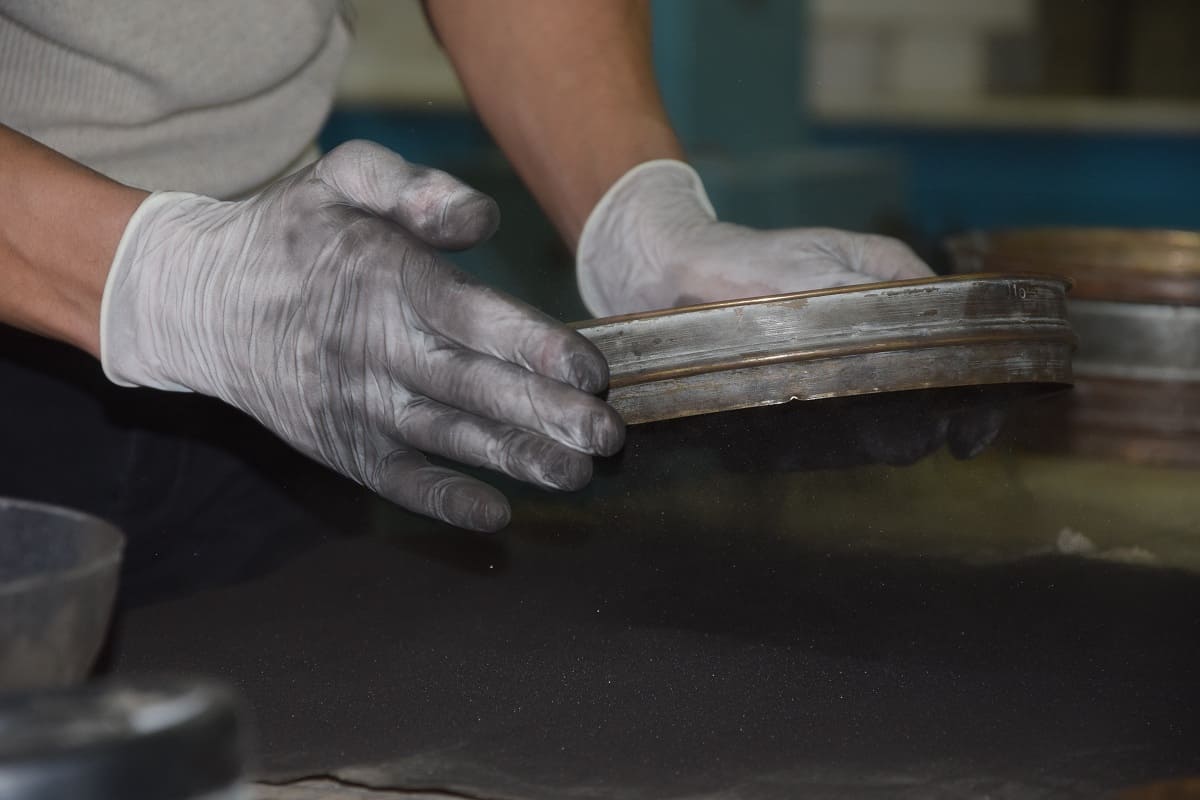
After drying the sample, testing sieves were used again, and the results were obtained confirming the greater efficiency of “wet” coal grinding:
- 316 µm sieve – 98%;
- 160 µm sieve – 86%;
- 50 µm sieve – 35%.
At the experiment end, the combustion characteristics of obtained WCF were studied, and the following results were obtained:
- ignition temperature — 750 °С;
- combustion temperature — 1,000 °С;
- heating value — 4,200 kcal;
- degree of carbon burning — more than 99%.
Process flow diagram for WCF production based on a vortex layer device
A diagram for WCF production based on AVS-150 vortex layer device is shown in figure 2.
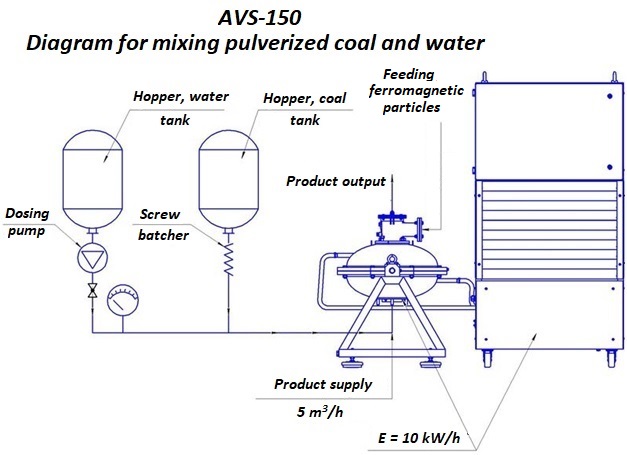
Figure 2 – Diagram for WCF production based on AVS-150 vortex layer device
As the figure shows, the technological line capacity in the stream is 5 m3/h, and the energy consumption of one AVS-150 vortex layer device is 10 kW; it means, the specific energy input of the electromagnetic mill will make merely 2 kW·h/m3 which is a dozen times less than that of ball and rod mills.
Comparing Figure 1 and Figure 2, it can be noted that the process flow diagram has become much simpler due to the fact that the vortex layer device ensures not only coal regrinding, but also ingredients mixing. These processes take place simultaneously in the stream; therefore, the use of stirrers, mixers, and hydrocyclones is not required. Thus, the introduction of AVS device allows making technological lines for WCF production more energy efficient and compact, as well as less material-consuming.
Advantages of vortex layer devices for coal grinding processes
- Versatility. Vortex layer devices can be used for coal regrinding, coal and biomass co-firing, obtaining pulverized-coal and water-coal fuels.
- Compactness. A vortex layer device has compact dimensions and additionally substitutes for properly sized mills and mixers.
- Energy efficiency. The specific energy input of AVS devices makes merely 2 kW·h/m3. This indicator is a few and a dozen times as low as that of other coal mills.
- Noiseless operation. A vortex layer device allows ceasing to use noisy ball mills and operates noiselessly.
If you are interested in this technology for coal grinding and WCF production, please contact us using some of the contact details posted in the relevant section of the website, and we will provide you with further information.

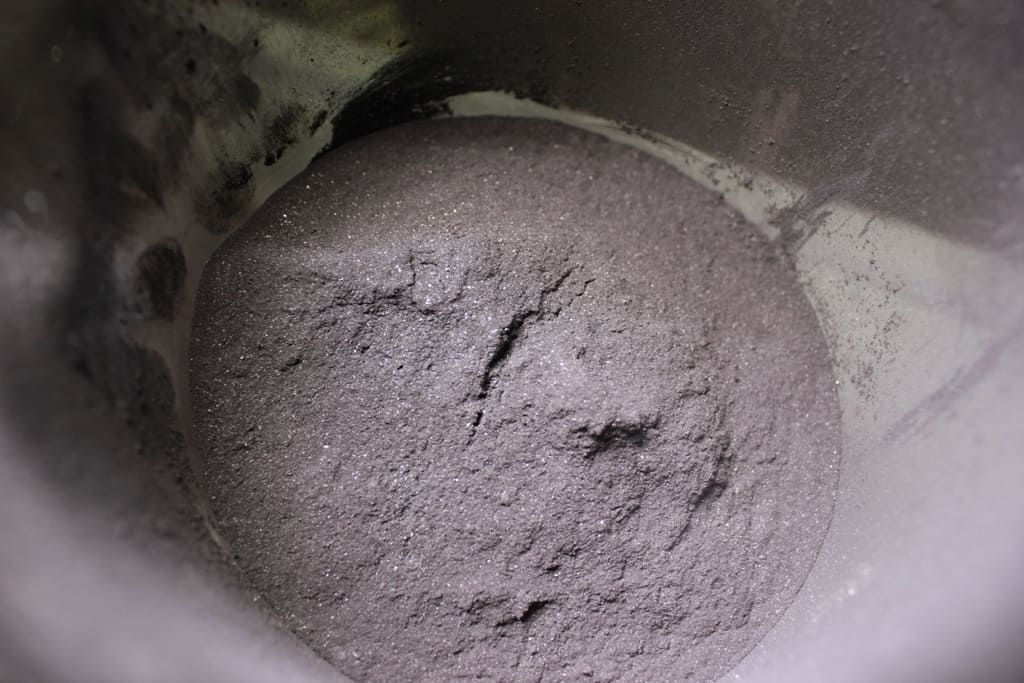
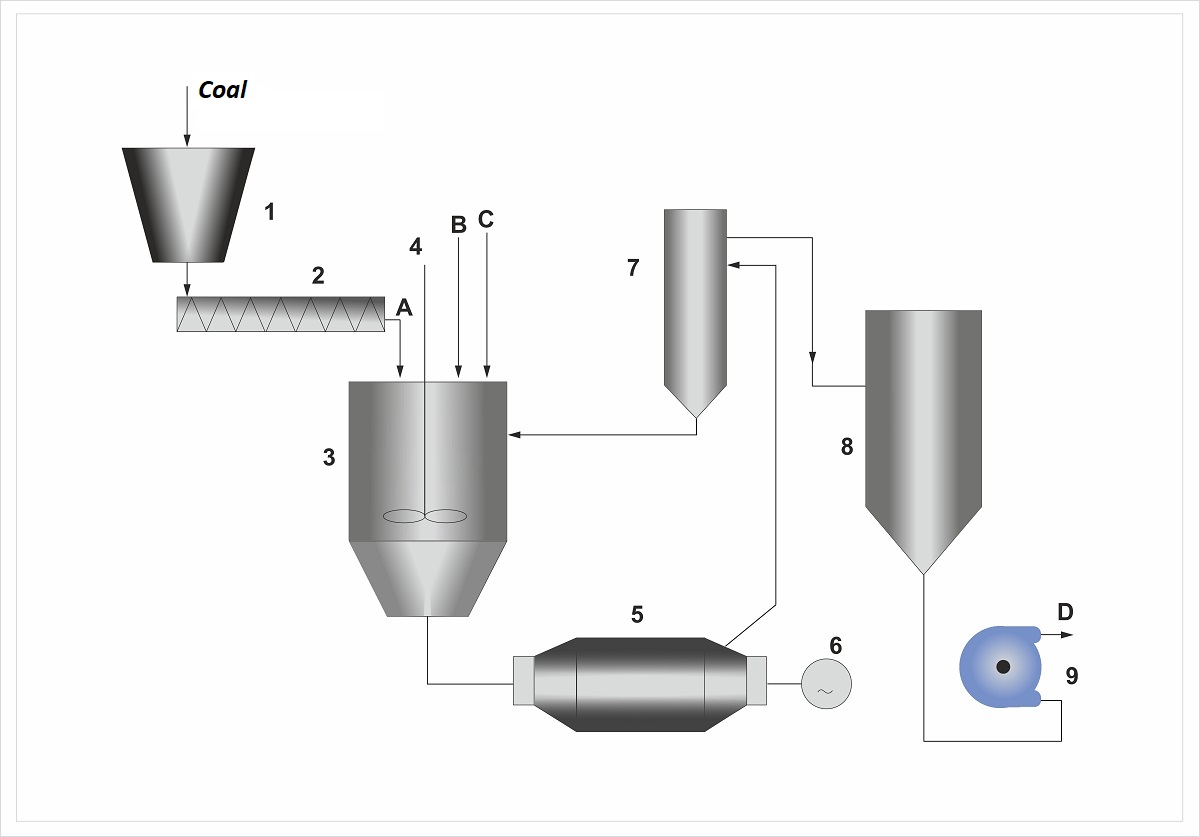








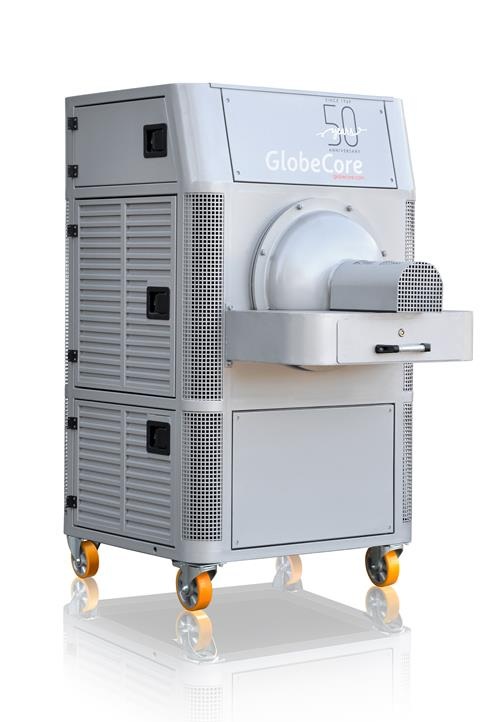 AVSp-100 Vortex Layer ...
AVSp-100 Vortex Layer ... AVS-150 Chemical Mixing ...
AVS-150 Chemical Mixing ...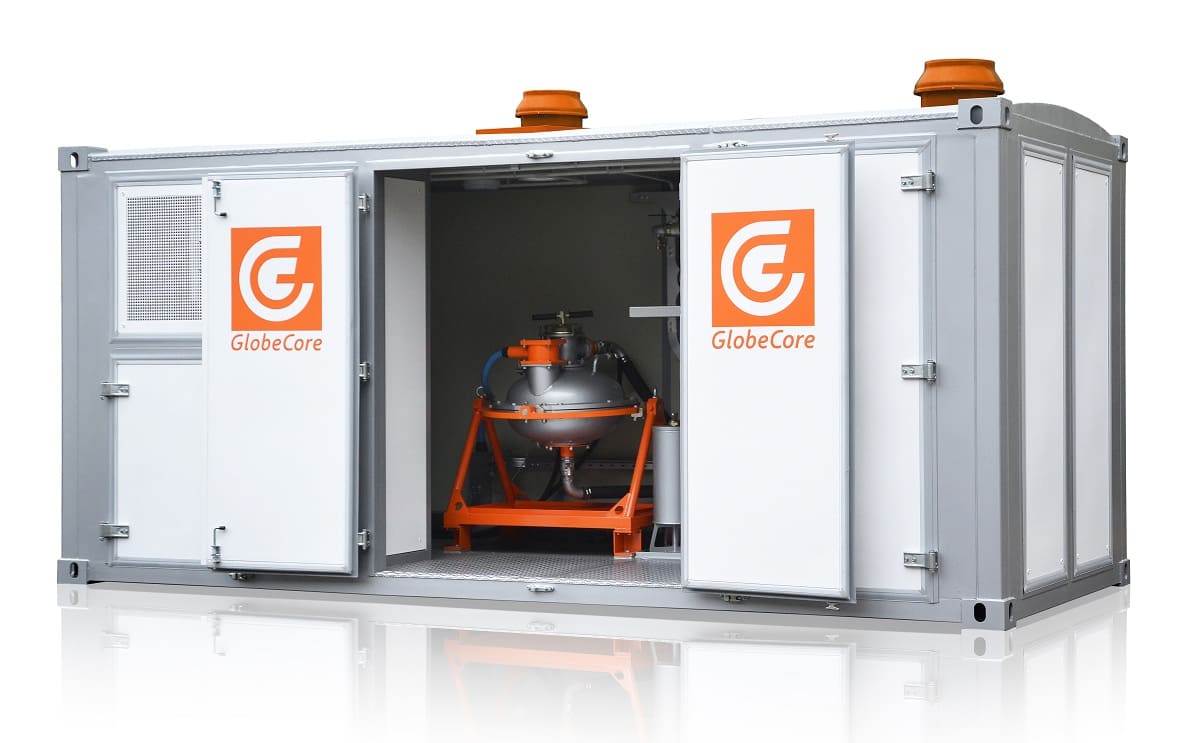 AVSk-150 Wastewater Treatment ...
AVSk-150 Wastewater Treatment ...